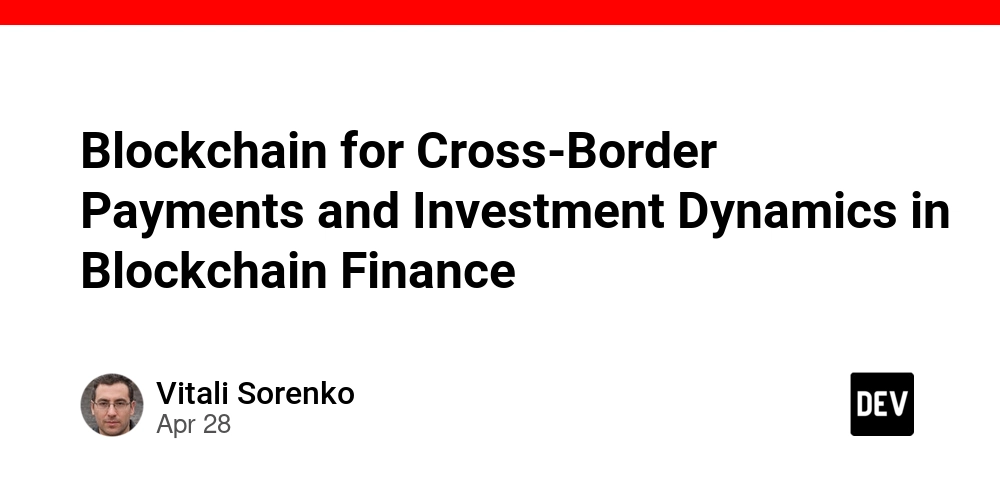Assessing Third-Party Vendor Risks – CISO Best Practices
Third-party vendors are indispensable to modern enterprises, offering specialized services, cost efficiencies, and scalability. However, they also introduce significant cybersecurity risks that can compromise sensitive data, disrupt operations, and damage organizational reputation. For Chief Information Security Officers (CISOs), effectively assessing and mitigating these risks is critical. This article outlines actionable strategies to navigate the complexities […] The post Assessing Third-Party Vendor Risks – CISO Best Practices appeared first on Cyber Security News.

Third-party vendors are indispensable to modern enterprises, offering specialized services, cost efficiencies, and scalability. However, they also introduce significant cybersecurity risks that can compromise sensitive data, disrupt operations, and damage organizational reputation.
For Chief Information Security Officers (CISOs), effectively assessing and mitigating these risks is critical.
This article outlines actionable strategies to navigate the complexities of vendor risk management, emphasizing proactive measures to safeguard organizational assets while maintaining collaborative partnerships.
CISOs can build resilient frameworks that align with evolving regulatory requirements and threat landscapes by integrating technical rigor with strategic oversight.
Understanding the Vendor Risk Landscape
The proliferation of cloud services, SaaS platforms, and outsourced IT operations has expanded the attack surface for organizations.
A single vulnerable vendor can be an entry point for threat actors targeting supply chain ecosystems. For instance, the 2023 MOVEit Transfer breach exploited a third-party file-sharing tool to infiltrate thousands of organizations globally.
CISOs must recognize that vendor risks extend beyond technical vulnerabilities, including operational, financial, and compliance-related exposures.
A holistic assessment approach evaluates a vendor’s security posture, data handling practices, incident response capabilities, and financial stability.
This requires cross-functional collaboration with legal, procurement, and compliance teams to establish standardized evaluation criteria and risk tolerance thresholds.
Key Steps in Vendor Risk Assessment
1. Conduct Comprehensive Due Diligence
Before onboarding a vendor, thoroughly review their security certifications (e.g., ISO 27001, SOC 2), audit reports, and penetration testing results. Validate their adherence to frameworks like NIST Cybersecurity Framework or CIS Controls.
2. Prioritize Continuous Monitoring
Static assessments are insufficient in dynamic threat environments. Implement tools for real-time monitoring of vendor networks, such as security ratings platforms or automated vulnerability scanners.
3. Enforce Contractual Security Obligations
Ensure contracts mandate compliance with your organization’s security policies, breach notification timelines, and right-to-audit clauses. Specify penalties for non-compliance.
4. Assess Incident Response Preparedness
Evaluate the vendor’s incident playbook, communication protocols, and redundancy measures. Conduct tabletop exercises to test coordinated response scenarios.
5. Map Data Flow and Access Controls
Identify where and how vendor interactions intersect with sensitive data. Restrict access through zero-trust principles and encrypt data in transit and at rest.
These steps create a layered defense strategy, reducing the likelihood of third-party incidents impacting organizational resilience.
Building a Resilient Vendor Management Program
A robust vendor risk management program transcends checkbox compliance. It requires embedding security into the vendor lifecycle—from selection to offboarding. Start by categorizing vendors based on criticality and risk levels.
High-risk vendors, such as those handling regulated data, demand rigorous assessments, while low-risk partners may undergo streamlined reviews.
Centralize vendor data within a unified risk management platform to track assessments, contracts, and performance metrics. This enables trend analysis and informed decision-making.
For example, a recurring pattern of delayed patch management in a vendor’s systems could trigger renegotiation or termination clauses.
Collaborate Proactively with Vendors
Treat vendors as extensions of your security team. Share threat intelligence, co-develop response plans, and provide training resources. This fosters mutual accountability and accelerates incident resolution.
Leverage Automation and AI
Deploy AI-driven tools to analyze vendor questionnaires, monitor dark web activity for credential leaks, and predict supply chain risks using historical data. Automation reduces manual effort and enhances scalability.
Ultimately, the goal is to balance risk mitigation with business agility. By institutionalizing these practices, CISOs can transform vendor risk management from a reactive chore into a strategic enabler of trust and innovation.
Third-party risk management is not a one-time project but an ongoing discipline requiring vigilance, collaboration, and adaptability.
CISOs prioritizing vendor risk assessments as a core component of their cybersecurity strategy will better protect their organizations from cascading threats while fostering resilient partnerships.
As cyber threats grow in sophistication, the ability to anticipate and neutralize third-party vulnerabilities will remain a defining factor in organizational security maturity.
Find this News Interesting! Follow us on Google News, LinkedIn, & X to Get Instant Updates!
The post Assessing Third-Party Vendor Risks – CISO Best Practices appeared first on Cyber Security News.








































































